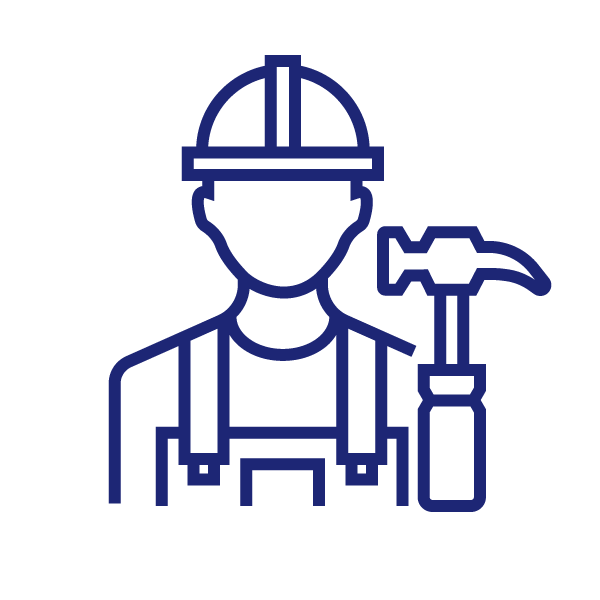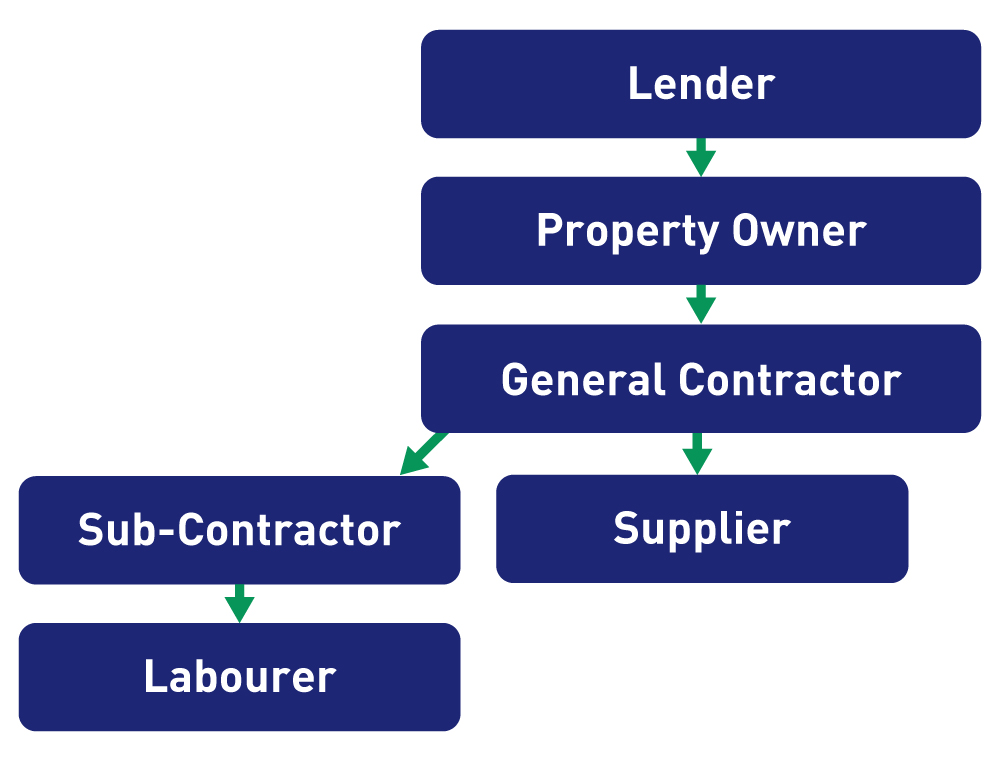For those in construction development, whether a small-scale build or a large-scale project, it is important to understand the significance of construction liens and the role of holdbacks. Ensuring everyone involved in a project is paid promptly is an integral part of a successful project which is why it’s important to know how these two aspects come into play.
What is a lien in construction development?
Lien is a relatively common term used to describe the claim or legal right to a debtor's property or other assets if a debt is not repaid. A construction lien, also known as a builders’ or mechanic’s lien in different provinces, allows those working on a property to register a charge in situations where they are not paid for their services or materials.
Who can file a construction lien claim?
Contractor
Often called ‘General Contractors’, these individuals have a direct contractual relationship with the property owner and oversee the overall project. |
Subcontractor
Subcontractors, and sub-subcontractors, are those hired by the contractor to perform specific areas of work such as HVAC, plumbing or electrical. Subcontractors have a contract with the contractor. |
Supplier
Refers to people or entities supplying materials used in the construction process, such as concrete or lumber. |
Labourer
Labourers are those who are hired to provide physical labour for wages on the project. This can include carpenters or electricians. |
The lien process and timeline
In the event of non-payment, a contractor, subcontractor, supplier or labourer, can file a lien against the property. The process to register a lien is time-sensitive and timelines vary by province, ranging from 40 to 60 days after the agreed-upon contract is completed, abandoned or terminated, or a Certificate of Substantial Performance is issued.
Key Steps of the Lien Process
Preservation |
PreservationThe process of registering a claim for a lien against a property is called ‘preservation’. It must be done within the timelines set by the province or territory, or the lien right will be lost. |
Perfection |
PerfectionAfter the preservation step, or registering a lien claim, the claim must be ‘perfected’ by commencing a court action to enforce it. If the deadline is not met for this step, the preserved lien is null and void. |
Expiration |
ExpirationOnce a lien is perfected, it can expire with the expiration dates ranging depending on the province or territory. A lien may be valid for 180 days to two years. |
The Impact of a Lien on a Construction Project
A construction lien will have a negative impact on a construction project. With a lien registered, the title of the property becomes unclear, making it challenging and sometimes impossible to sell or refinance. The lien may also impede payments to the rest of the project causing delays.
What is a holdback in construction development?
No property owner wants to receive a lien claim against their property, that’s where holdbacks become relevant. In construction development, the owner, contractor and every subcontractor must retain, or holdback, 10 per cent of each payment as a financial protection against potential lien claims that may arise.

Multiple holdbacks at each level help protect all parties involved if a lien is claimed. For example, if a labourer hired by a sub-contractor is not paid for their services, the general contractor would have funds set aside from the holdback to ensure they are paid. Those higher up on the project hierarchy have a greater responsibility and liability should a lien be registered.
In the case of a lender’s holdback, liens must be cleared before a property owner can receive the holdback amount from the lender. Prompt payment is always the ideal situation, but in cases where that doesn’t happen, a holdback offers protection for everyone working on a construction project.
The Role of the Lender in Construction Projects
Lenders play a significant role in construction projects by ensuring the flow of capital and helping manage the financial risks associated with construction, including:
- Ensuring proper documentation and contracts
- Providing retainage to facilitate holdbacks
- Monitoring the project’s financial health
- Providing legal support and guidance
- Mitigating risks through insurance products
Protect Your Construction Project
Whether you’re a property owner, contractor or labourer, having a better understanding of construction liens and holdbacks will help ensure projects run smoothly and those involved are compensated promptly and fairly. Reach out to us if you have any questions. For conventional loans, contact the Development Finance Team, and if your project is financed through the CMHC MLI Select Program, a Commercial Mortgages Group expert would be happy to assist.




